Article
Easy-Greasy: The New MPR GI
26 Apr 2024
Testing grease in conditions that mimic real-world mechanical stresses has always been a significant challenge for researchers. Starvation during these …
Read morePCS Instruments is a leader in supporting lubricant research and development, with over 30 years of experience and expertise across a range of industries.

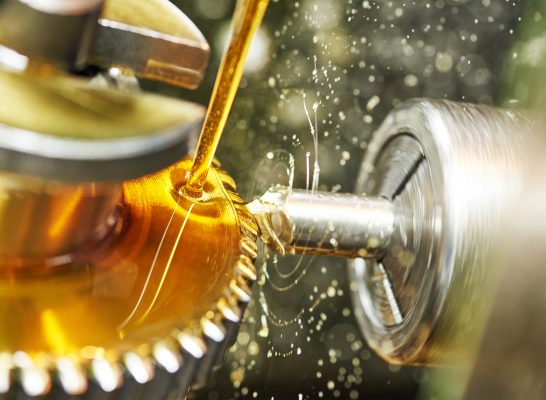

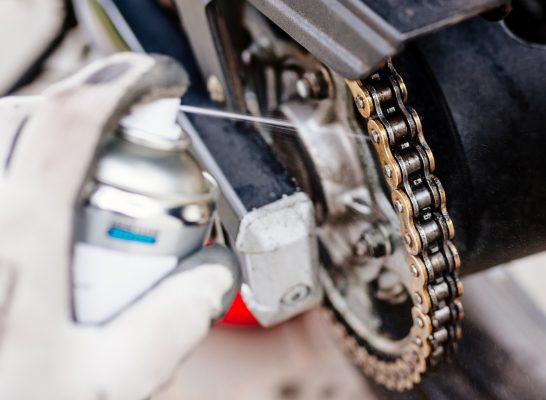
Where there is movement in a system you will almost always find a lubricant of some kind. From snowboards to CNC machines, and from your knee joint to the CV joint of a car, all require lubricants to operate reliably and efficiently. That lubricants are so widely used in so many different applications means that there is no single way to make a lubricant, as they often have to perform many different tasks. For some they must cool as well as reduce friction, for some they must stop foaming or corrosion, whilst others might need to survive extreme pressures or temperatures. With all these competing needs, lubricant design is highly application specific, so researchers utilise lab equipment such as the MTM, ETM, EHD and MPR to help develop lubricants and test them at representative conditions.
Going forward, tribology will be as important as ever in the design and development of lubricants. This innovative work is integral to improving efficiency and reliability in systems and making sure they can last the test of time. Tribologists play a key role in making systems more sustainable and environmentally friendly, and in doing so are helping to protect the future of the planet.
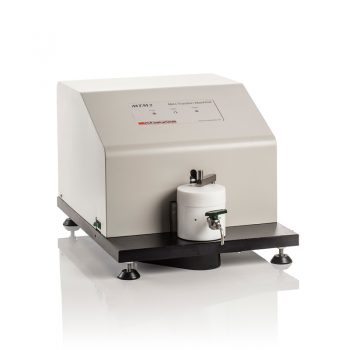
A ball-on-disc instrument for measuring the frictional properties of lubricated and unlubricated contacts under a wide range of rolling and sliding conditions.
Learn more
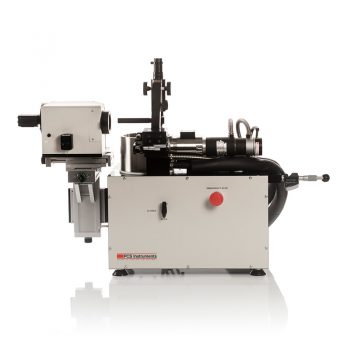
A fully automated, benchtop instrument, measuring lubricant film thickness down to 1nm in the elastohydrodynamic (EHD) lubricating regime.
Learn more
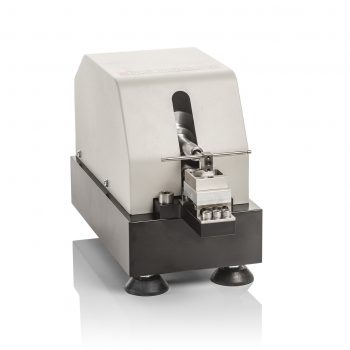
A ball-on-plate reciprocating friction and wear test system, assessing the performance of both fuels and lubricants under boundary conditions.
Learn more
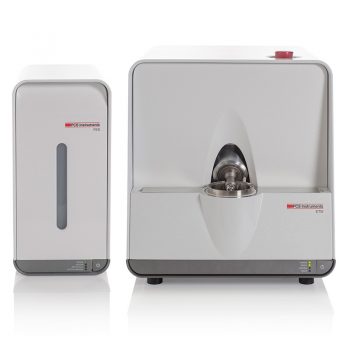
Ball-on-disc instrument for measuring the frictional properties of lubricated and unlubricated contacts under extreme pressures and a wide range of rolling and sliding conditions.
Learn more
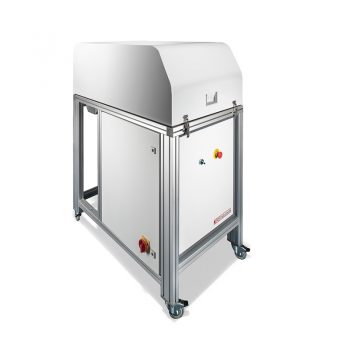
Triple disc machine for researching rolling contact fatigue (RCF) failure mechanisms in the form of micro and macro pitting under lubricated and unlubricated conditions.
Learn more